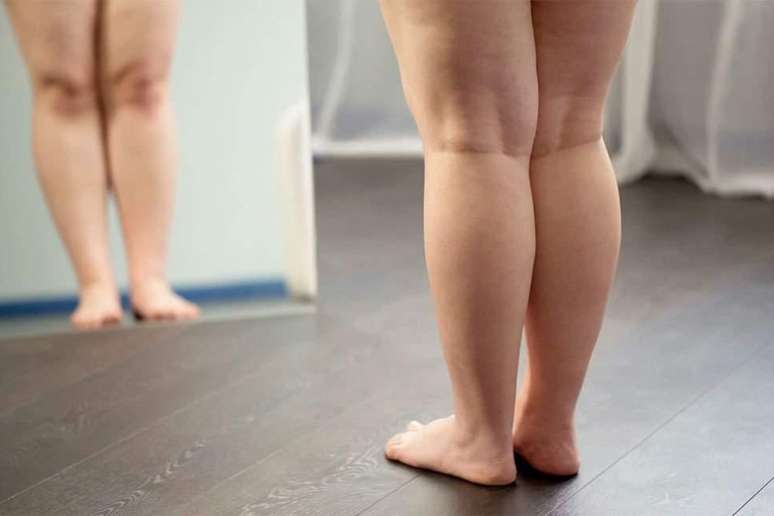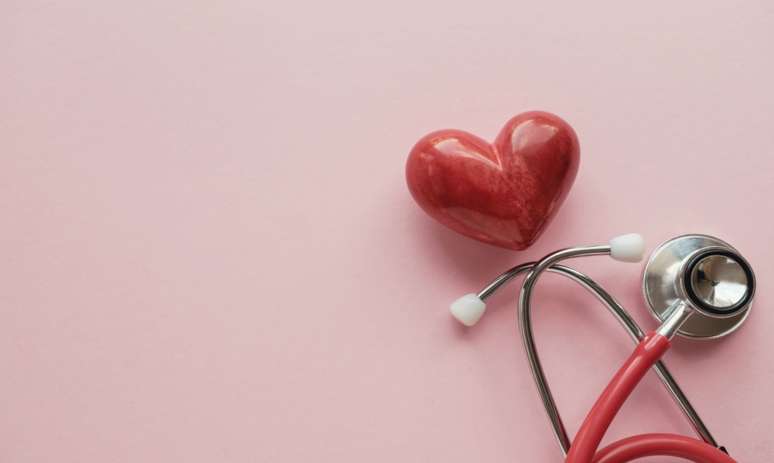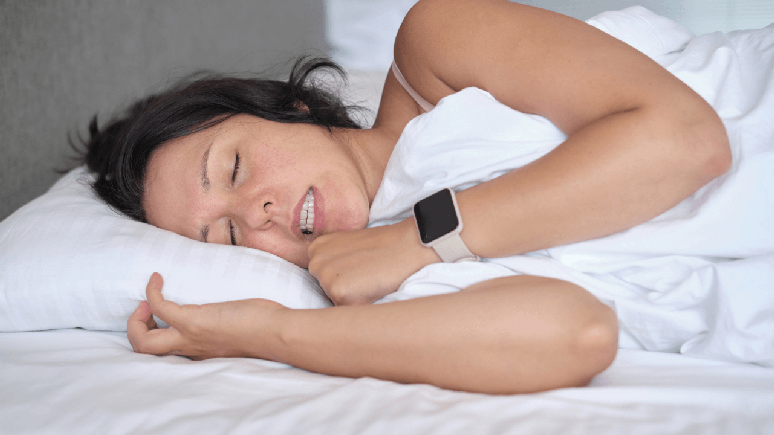The vascular surgeon explains when to seek medical help and how lipedema is treated. Understand!
OR lipedema It was standardized as a disease in 2022, but today it is still a problem little known by the population and even by doctors, which hinders diagnosis and treatment.
“Since lipedema was not considered a disease until recently, scientific literature on its mechanisms is still very poor. In this way the medical community itself continues to become aware of the disease and prepare for treatment”, explains the vascular surgeon Dr. Aline Lamaitamember of the Brazilian Society of Angiology and Vascular Surgery.
According to the doctor, patients suffering from lipedema can often be defined as “falsely thin”, as they tend to present a slimmer appearance in the upper body than in the legs, which are disproportionately thicker. “In some cases, this is thought to be a familial pattern, as lipedema can actually affect multiple women in the same family, i.e. it is not thought to be a health problem,” she points out.
Furthermore, the Lipedema can easily be confused with other conditions, such as obesity and cellulite, further delaying diagnosis and contributing to the progression of the condition. To help in these situations, the specialist has listed the main signs of lipedema. Watch:
Disproportionate fat accumulation
Lipedema is characterized by accumulation of adipose tissue with disproportionate increase in limb size. The areas most affected are the thighs, culottes, hips and legs, but occasionally it can also affect the arms.
“It’s important to remember that this disease exists always symmetrical and that overweight people should pay particular attention, as it can be difficult to notice the increase in the lower extremities,” he warns.
Fat that is difficult to eliminate
According to Dr. Aline, lipedema causes a fat accumulation that is difficult to eliminate, including adopting habits such as diets and physical activity. “This commonly causes great frustration in patients,” she says.
Pain to touch
A pain to touch is one of the main signs of lipedema “It is not uncommon for people with lipedema to be surprised when they undergo a lymphatic drainage or relaxing massage, as the experience, which should be pleasant, is usually accompanied by pain and sensitivity to touch “, has states. Increased frequency of bruising spontaneous AND greater tendency to retain liquids are other symptoms of the disease.
Presence of nodules
Lipedema can also be triggered visible nodules on the skincausing the affected region to have a cellulite-like appearance. “Also pay attention to the evolution of these nodules: if they grow, the size of the legs increases and the skin begins to fold, as if falling, it is probably lipedema.”
Risk factors
Individuals who have any of the risk factors for the problem should pay particular attention to the signs. “Lipedema is a problem that essentially affects women. It is estimated that 10% of women suffer from it. Furthermore, it is a genetic disease and it usually affects multiple people from the same family”, explains the doctor.
Dr. Aline also reveals that there is a strong correlation between hormonal disorders and disease progression. For this reason, in periods such as puberty, the use of contraceptives, pregnancy and menopause, lipedema can worsen,
WHEN TO ASK FOR MEDICAL HELP?
The vascular surgeon emphasizes that it is necessary See a doctor if you notice any of these signs and, if you suspect the disease, do not hesitate to ask for a second opinion.
“Today there are already some guidelines that help doctors in diagnosis, but, since it is a multidisciplinary treatment, It is necessary for the doctor to dedicate himself to the study of the problem and understand the various areas of knowledge necessary to adequately guide patients.”
TREATMENT
Lipedema consists of a chronic disease, that is, without care. However, by adopting the appropriate care, it is possible to control the symptoms, relieve discomfort and prevent its progression. “Good treatment for lipedema starts with vascular surgeonbut monitoring with a nutritionist, a physiotherapist and possibly orthopedic and plastic surgeons is also essential.”
The most recommended is make lifestyle changes, adopting an anti-inflammatory diet and practicing regular physical exercise. “But other measures must be taken, such as compression socks, medicines and also the performing surgical procedures for the removal of diseased adipose tissue, such as liposuction”, he concludes.
Source: Terra
Ben Stock is a lifestyle journalist and author at Gossipify. He writes about topics such as health, wellness, travel, food and home decor. He provides practical advice and inspiration to improve well-being, keeps readers up to date with latest lifestyle news and trends, known for his engaging writing style, in-depth analysis and unique perspectives.






-1je9vy4473ho3.jpg)


